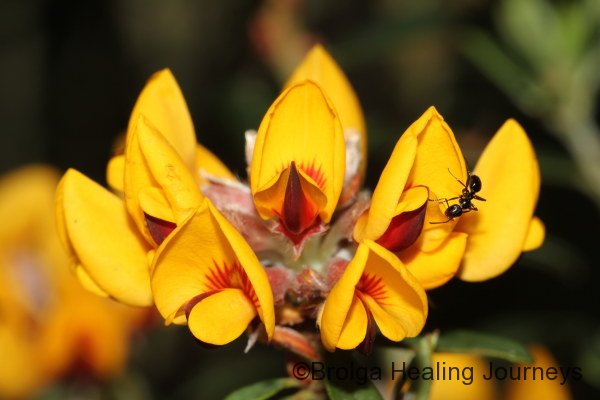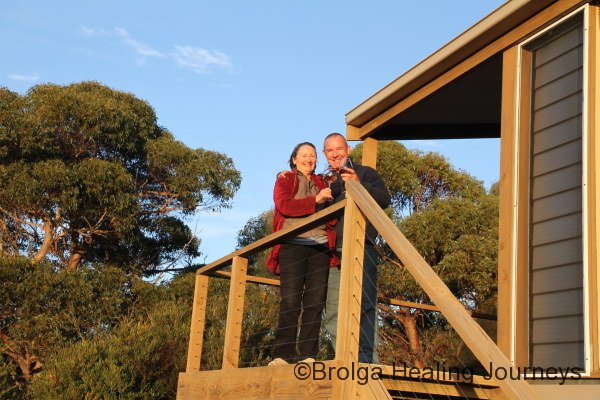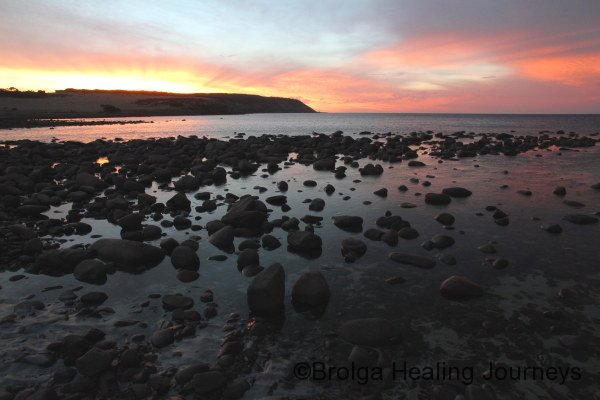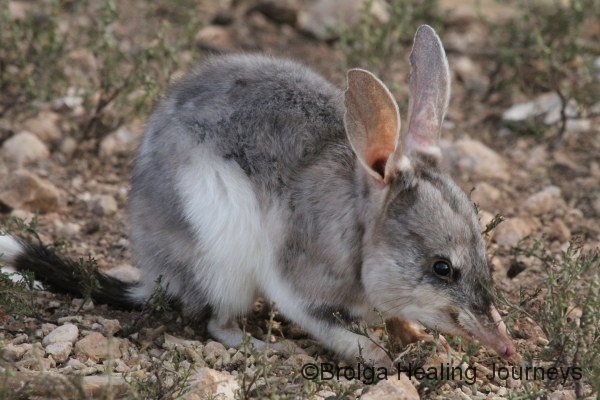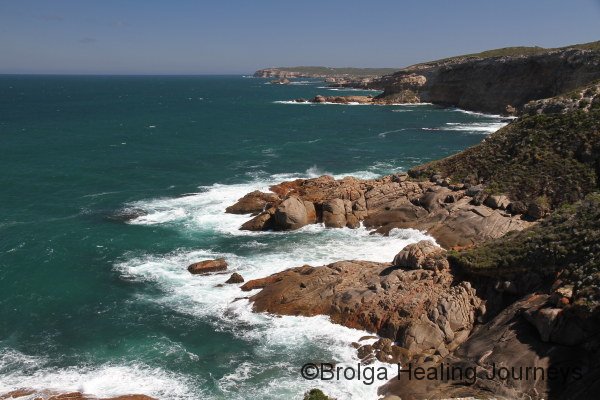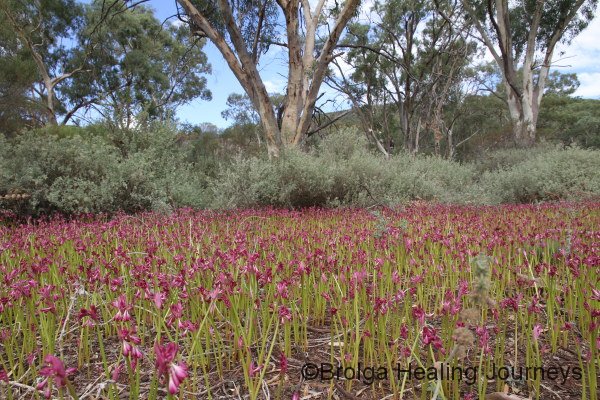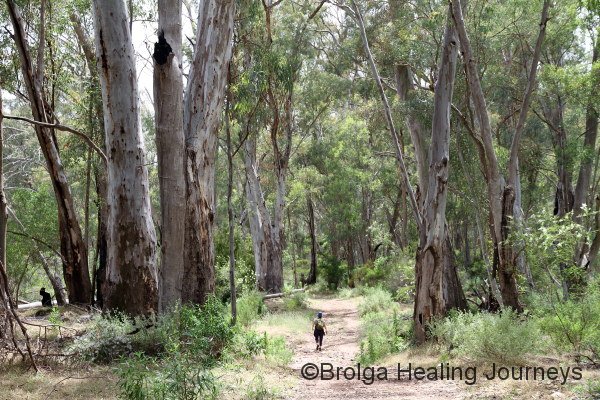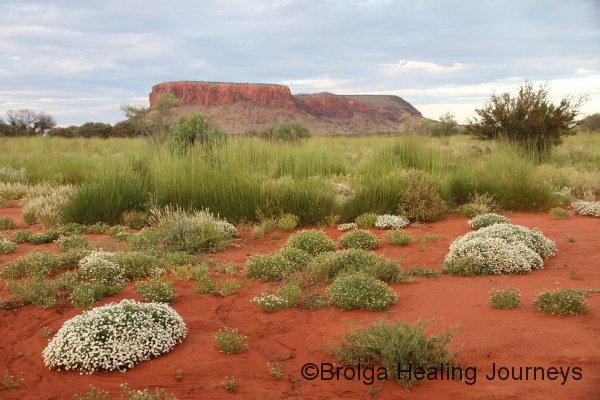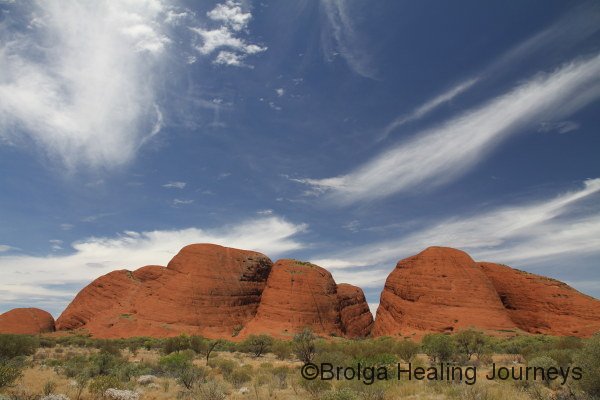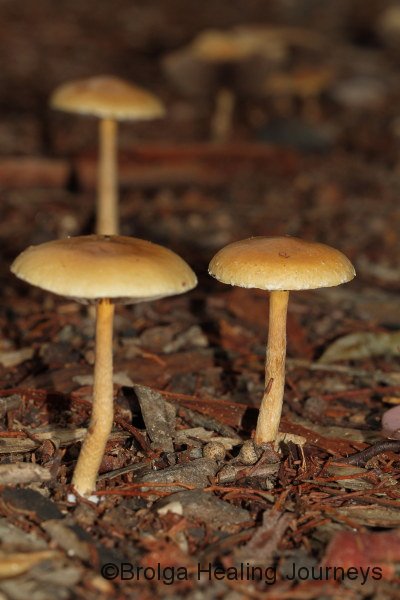
Our first stop after the wildlife survey at Dakalanta Sanctuary was Port Lincoln, where we had some long-overdue work done on our camper trailer’s solar system. Where to now? We were heading in the general direction of Kangaroo Island, but decided to explore the Yorke Peninsula on our way. It just so happened that Mount Remarkable National Park was a solid day’s travel from Port Lincoln, a good stopping off point. Now, let us just state for the record that we don’t have shares in Mt Remarkable, it’s just that we love the place and find something new there every time we visit. We stayed for many days, as usual, but the capabilities of our revamped solar system were tested to the maximum, as it rained pretty well the duration of our stay.
Think of rain in the Australian bush, and images of running creeks and flooding rivers, wildlife drinking from pools, and trees sucking up the moisture all come to mind. But Mount Remarkable, in its own special way, gave us a different look at rain; showing us its influence on the miniature world…the world of fungi, moss, lichen and raindrops. It was beautiful, totally unexpected, and somehow quite magical.
(more…)

